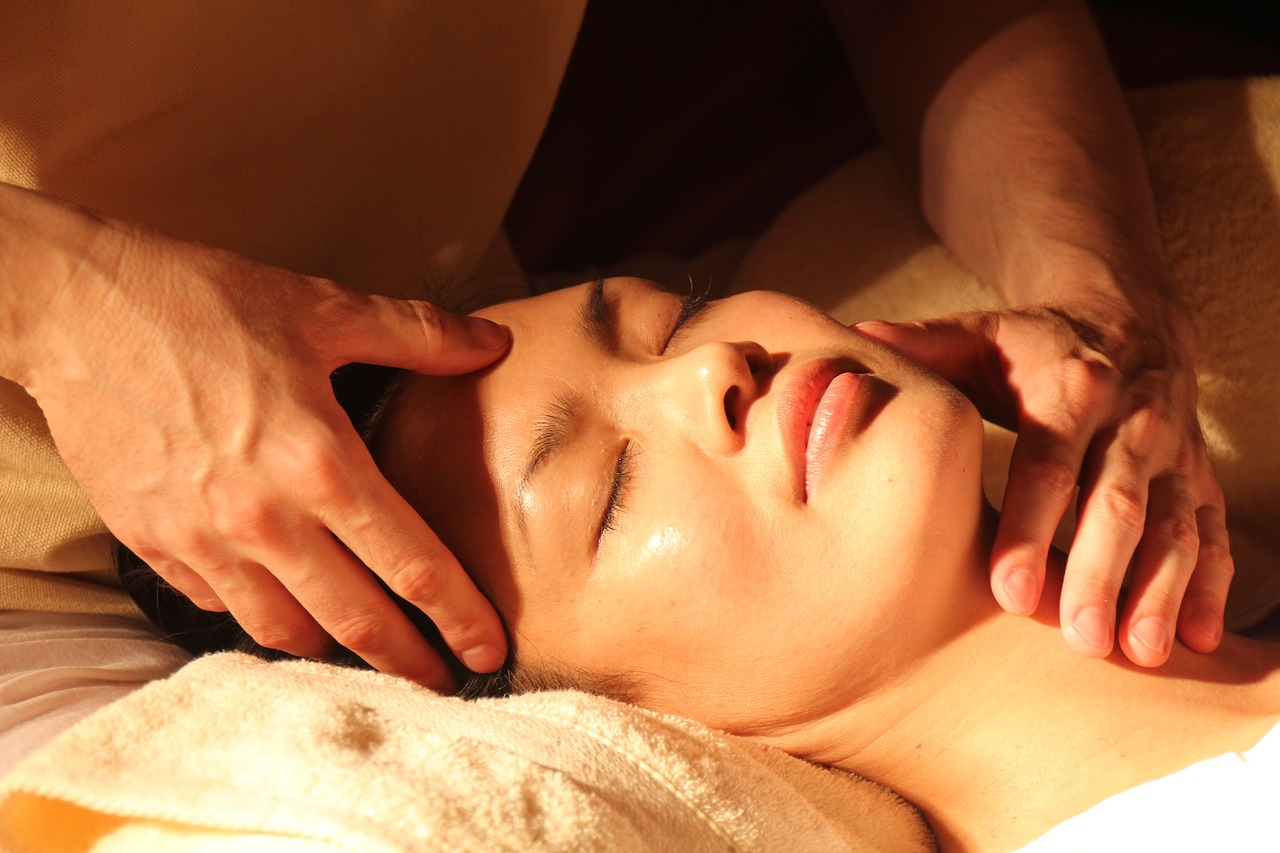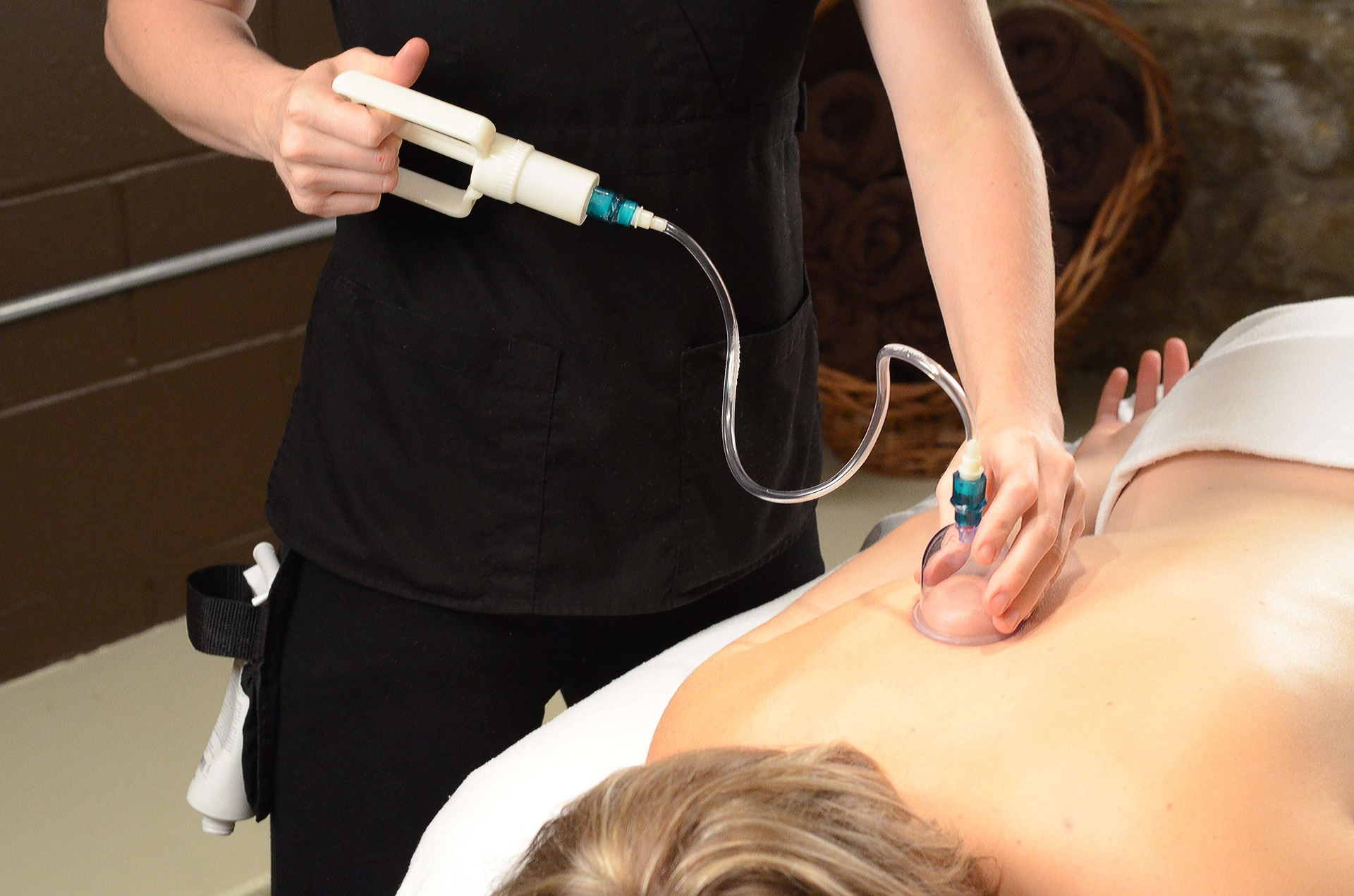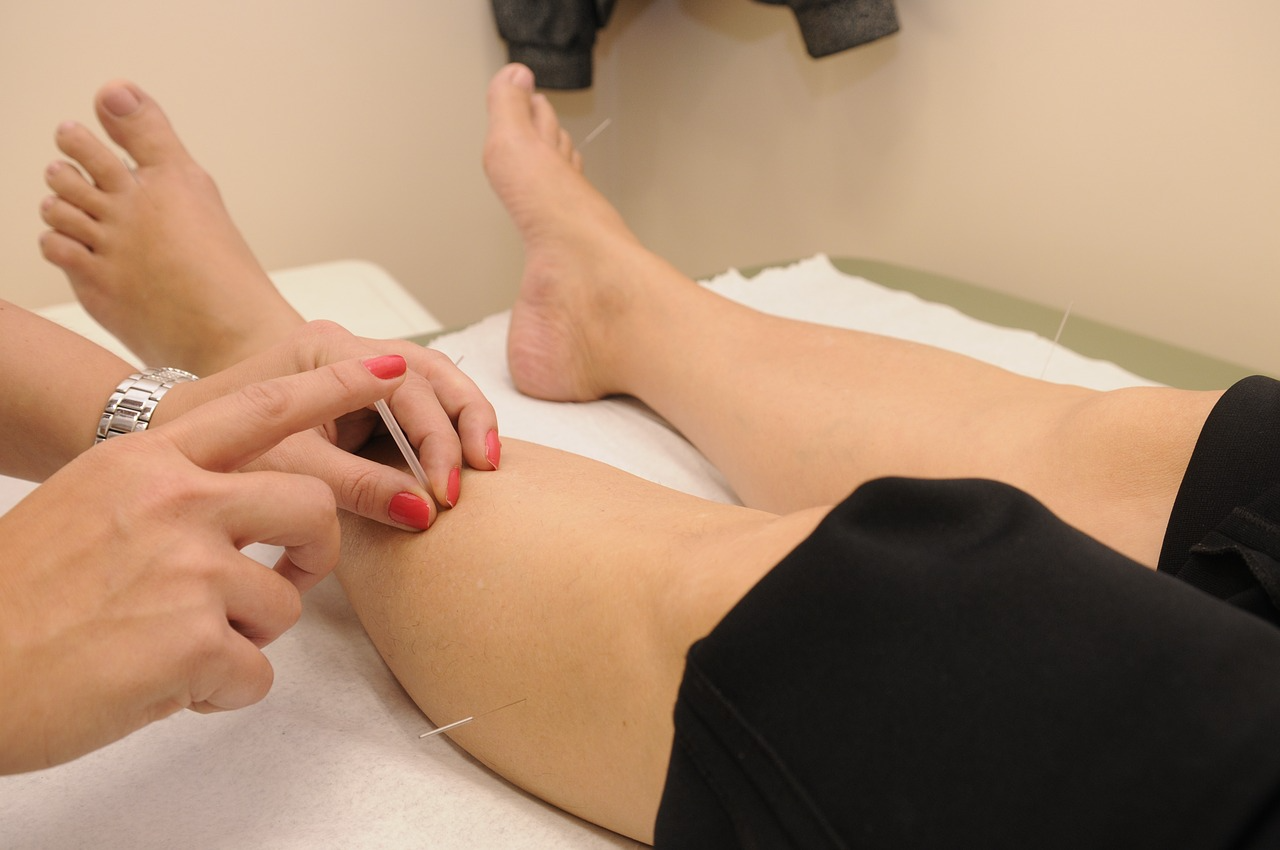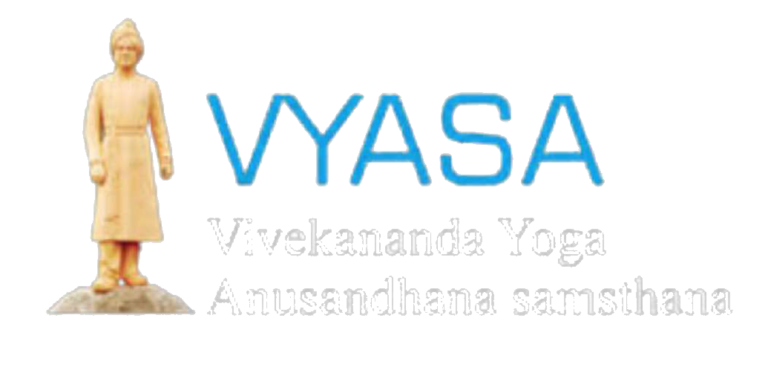Traditional Chinese medicine

Traditional Chinese medicine dates back centuries old which aim at preventing and managing different disorders by restoring balance between yin and yang. In ancient Chinese literature the concept of yin and yang is usually depicted in the form of the so-called ‘Chinese monad’. It is represented by a closed circle divided into two equal halves by a sinus curve. According to TCM a person is healthy when harmony exists between these two forces.
Acupuncture, acupressure, cupping, and moxibustion are all derived from Traditional Chinese medicine.

One more important aspect of Traditional Chinese medicine is Qi (Chi)life force which flows through meridians. This energy network connects tissue, muscles, veins, nerves etc.
In acupuncture fine needles are inserted to stimulate the acupoints present in the meridian to balance the flow of qi. Sometimes moxibustion is combined with acupuncture. Moxibustion is the burning of a moxa roll or cone near acupoints. Moxa is made of a leaf called artemisia vulgaris.

Instead of needles, pressure is given in acupressure.
Traditional Chinese medicine has a history of 1000 years and has reference in one of the famous books The Yellow Emperor’s Inner Classic.





